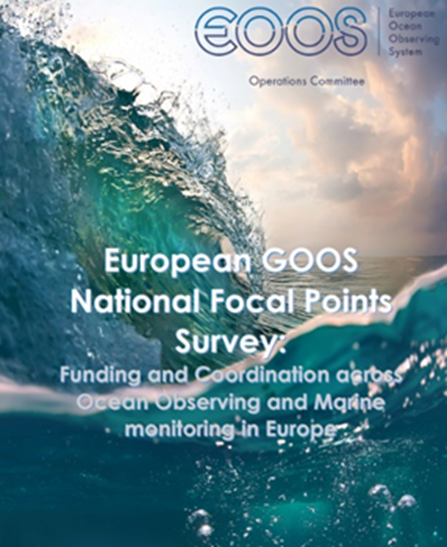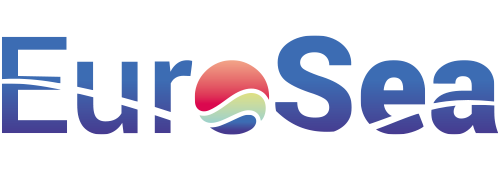
Description
The synergistic collaboration between GOOS and EOOS, by actively involving National Focal Points, represents a paradigm shift in ocean observing. This interaction ensures that the regional specifics and national priorities are integrated into a broader continental framework, thus offering a more holistic and well-coordinated approach. Not only does this interaction provide a platform for sharing knowledge and best practices, but it also ensures that the activities of EOOS resonate with the priorities of individual nations within Europe, fostering stronger regional cohesion.
Impact During the Project
Impact during Project (Quantitative and/or Qualitative Measure): The establishment of a two-way interaction mechanism with GOOS National Focal Points ensures that there is constant communication and collaboration between GOOS and EOOS. This dynamic interaction is vital for aligning the priorities, strategies, and methodologies of both entities.
Measures: The frequency of meetings between the two entities, as indicated by the “”Number of meetings,”” is an immediate indicator of the level of interaction and collaboration. The alignment of EOOS and GOOS with governmental priorities is gauged by the formation of national committees during the EuroSea period. The growth in the engagement level is quantified by comparing the additional NFPs engaged versus the initial base. Regular reporting by GOOS NFPs to EOOS/GOOS on national governmental priorities demonstrates active participation and commitment.
Impact Post Project
The strategic alignment and collaboration between EOOS and GOOS will likely result in a more cohesive and effective approach to ocean observing, driving greater impact from investments and ensuring that these investments align more closely with national, regional, and global goals.
Measures: The tangible impact of investment, measured in euros, is a direct indicator of the effectiveness and success of the collaboration. The willingness of other members of the community to either join or interact with the EOOS OC suggests the broader influence and credibility of the committee in the ocean observing community.
Advancement over and above State of the Art
Enhanced Collaboration: The two-way interaction model ensures a continuous feedback loop between EOOS and GOOS, fostering a more collaborative approach than traditional one-way communication models. Alignment with Governmental Priorities: By linking EOOS and GOOS to governmental priorities, there’s a move towards ensuring that ocean observing initiatives are more relevant, timely, and aligned with broader strategic national goals.
Increased Engagement: The engagement of additional NFPs and the formation of national committees underscore the growing influence and relevance of EOOS in the European marine observation ecosystem.
Efficient Utilization of Investments: The emphasis on deriving greater impact from investment indicates a focus on ensuring that funds are used optimally, generating significant returns in terms of research, technological advancements, and sustainability efforts.
Community Integration: The willingness of other community members to engage with the EOOS OC is a testament to the committee’s effectiveness, credibility, and influence in the broader marine observation community.
In conclusion, the two-way interaction mechanism, combined with the measures outlined, represents a significant advancement over traditional approaches. The focus on collaboration, alignment with governmental priorities, increased engagement, efficient investment utilization, and community integration signifies a holistic, integrated strategy that pushes the boundaries of the current state of the art in ocean observing.”
Links and References
Link to D9.1 – Action Progress Report #1: https://eurosea.eu/download/eurosea_d9-1_action_progress_report_no1/?wpdmdl=5620&refresh=650197cd79a6f1694603213
Link to D9.2 – Action Progress Report #2: https://eurosea.eu/download/eurosea_d9-2_action_progress_report_no2/?wpdmdl=5622&refresh=650197cd9f4141694603213
